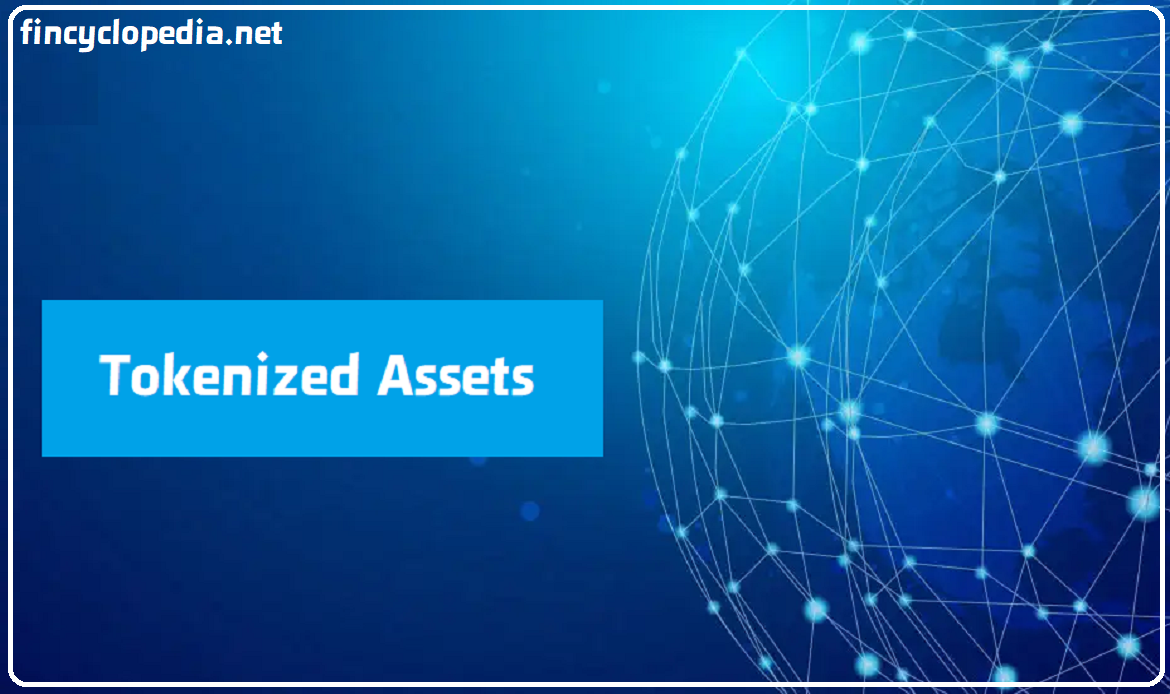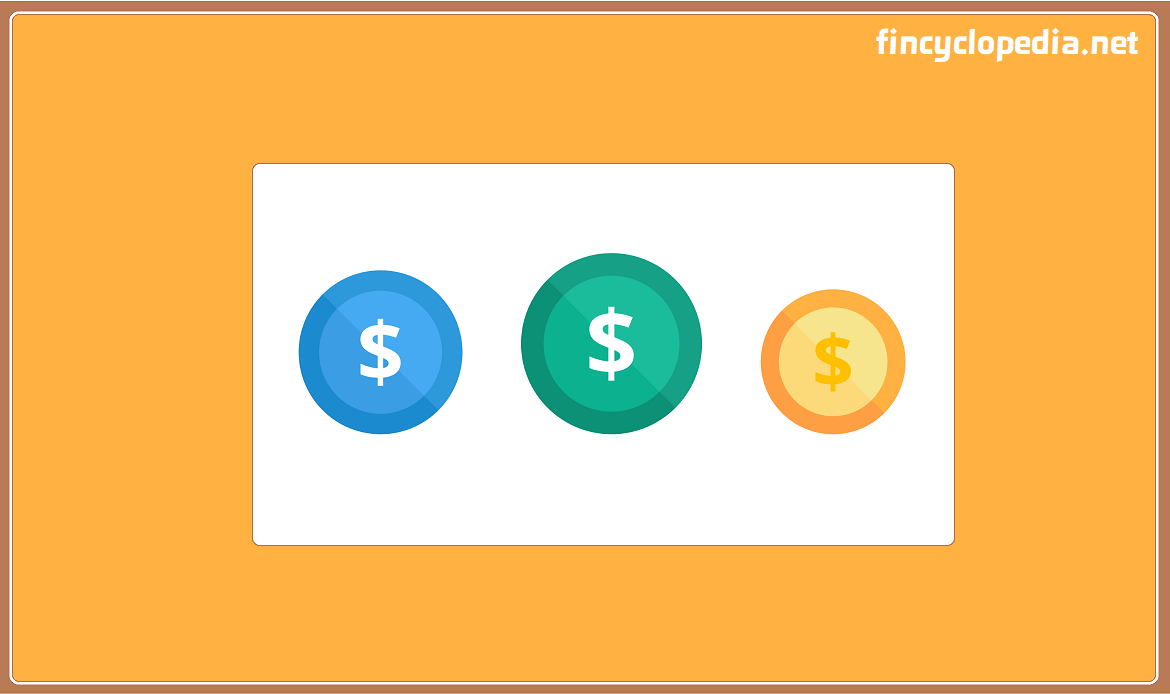
It stands for asset-backed token; a cryptographic asset (cryptoasset)- and a specific type of security token– that is pegged to another underlying asset (as a reserve) to maintain its value over time. AB tokens derive their value from physical assets or other digital assets that have a sort of stable value, whereby supporting such the stability of such a token. The underlying assets may widely vary depending on the scope of tokenization, including real estate properties, precious metals like gold or silver, commodities, or artworks, and collective interests (fanship).
An AB token is created and issued converting ownership of real-world assets (RWAs) like real estate, properties, gold, and the like into digital tokens. The linkage helps reduces the volatility of a token thanks to the direct relation between the value of the cryptocurrency and tangible assets. This instills the aspects of confidence and stability in the tokens as investment compared to highly speculative cryptocurrencies. Furthermore, AB token allow investors to have fractional ownership of valuable assets- that is, a portion of the asset without having to purchase the whole of it.
AB tokens can be classified into multiple types (types of asset-backed tokens), depending on the underlying assets:
- Tangible assets backed tokens: these tokens represent ownership of real assets like property, precious metals, or artworks. A token is backed by a particular tangible asset, and hence provide a digital form of ownership.
- Commodity backed tokens: tokens that are backed by commodities such as gold, silver, oil, or agricultural products. Each token represents ownership of a specific amount of the underlying commodity, and hence holders can have access to commodity markets via blockchain technology.
- Equity backed tokens: tokens that represent ownership in equity instruments such as stocks and shares in funds. These tokens allow fractional or partial ownership of ventures or net assets, providing access to equity markets through blockchain.
- Debt backed tokens: tokens that represent ownership in debt instruments, like bonds, notes, and loans. These tokens offer investors partial ownership of debt obligations, providing opportunities for diversification and access to debt markets.
- NFT assets backed tokens: non-fungible tokens (NFTs) can provide a category of asset backing, representing ownership of certain digital assets like digital art, collectibles, or virtual real estate. In turn, NFT-backed tokens can be classified in two categories: hard NFTs, which represent ownership of physical assets connected to the blockchain, or soft NFTs, which represent ownership of digital assets created and maintained on the blockchain.






